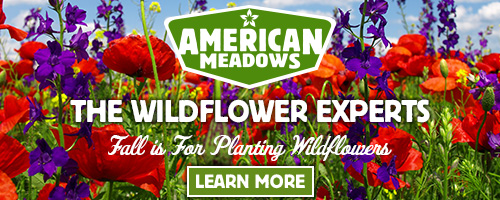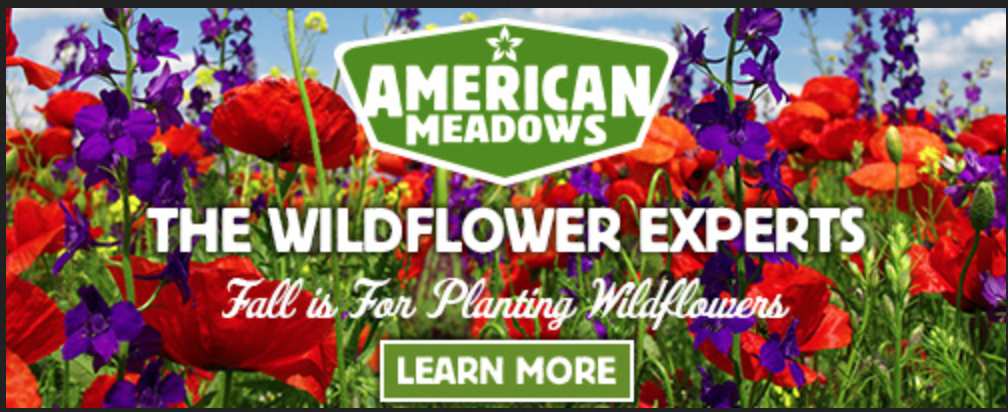A Better Joe Pye Weed, Troubleshooting Brussels Sprouts, Paw Paws, and Montauk Daisy
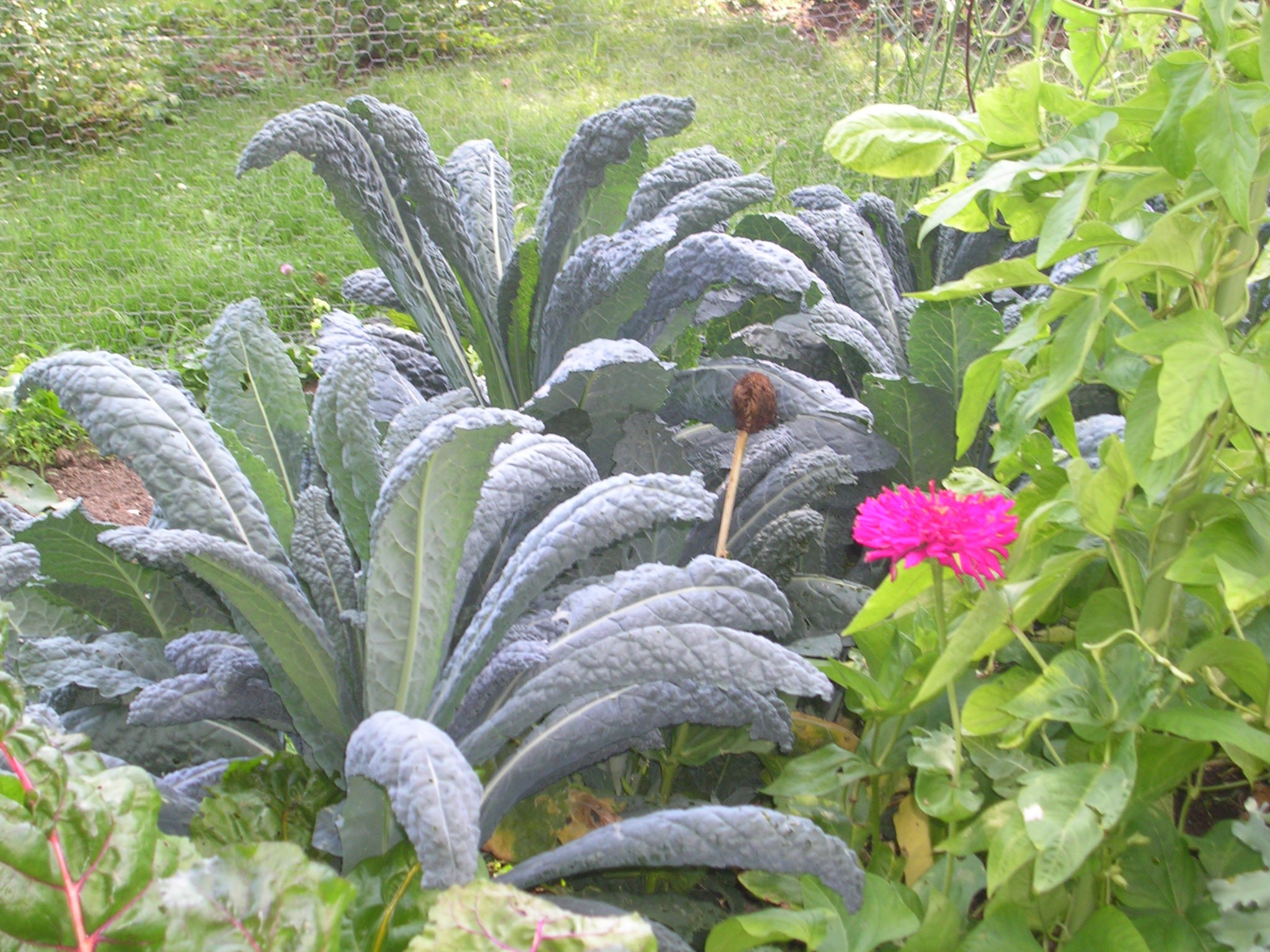
After a bit of cold weather, here and there, that gave us a fright, we’re back to sunshine and warm temperatures, even though is late September in our zone 5 garden. I’ve officially dubbed September a summer month since it now seems that warm temperatures persist throughout the month and many flowers and vegetables continue to grow.
One of showiest of the , and most beneficial one for bees, birds, butterflies and pollinators, is Joe Pye Weed. It’s a curious name for an attractive, native perennial that flowers into fall. Plus, it’s great for all types of wildlife. Read more about Joe Pye Weed here.
Our Brussels Sprouts are looking good and I finally took the protective cover off the bed. I’ve covered our plants all summer to keep the Swede midge fly away. It seems to have worked. I talk more about other trouble shooting tips when growing Brussels Sprouts here.
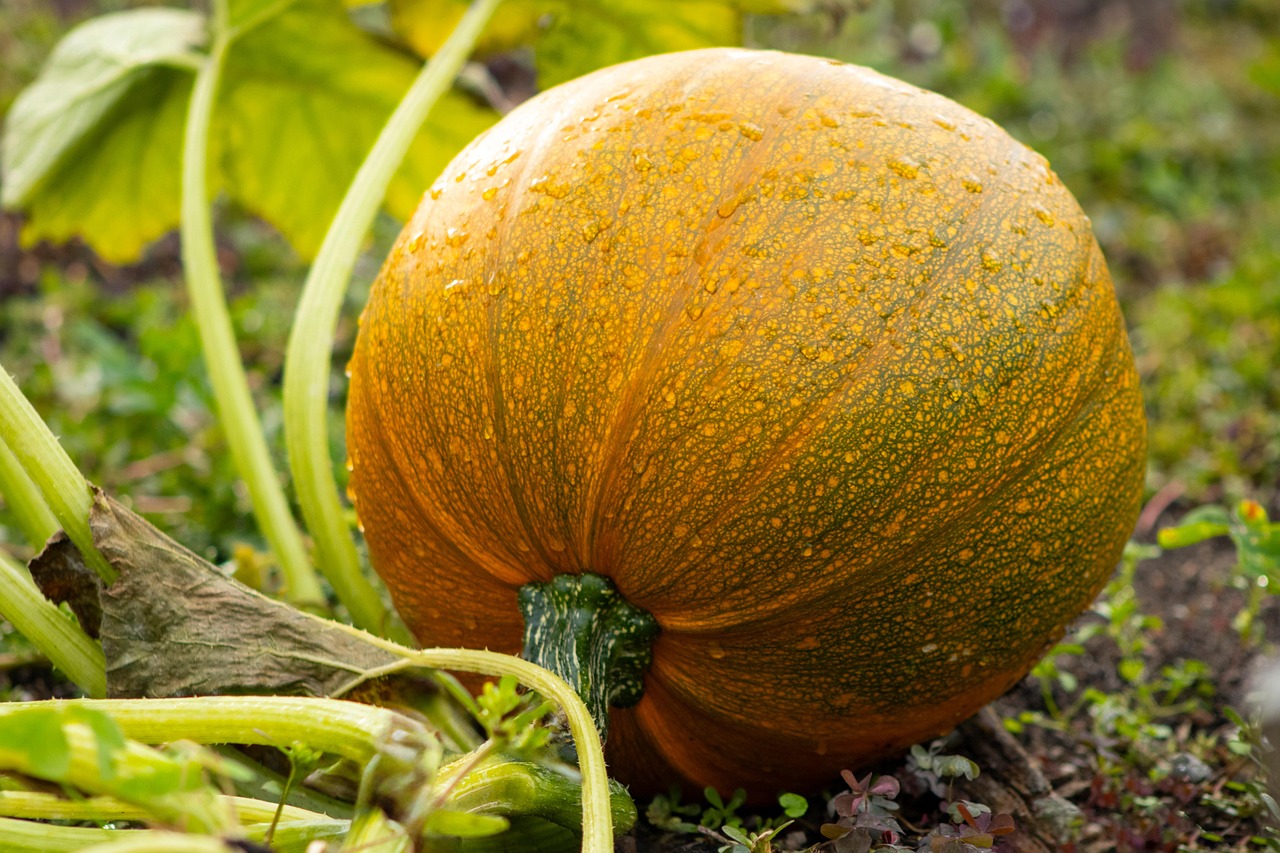
Once again our paw paw trees are producing nicely. I was recently in Kentucky doing a garden talk and paw paws snuck into the conversation. They’re prized there because they grow wild in the forest and produce fruit abundantly. They’re a great wildlife food, and delicious for us to eat, too. Learn more about paw paw fruit trees in this newsletter.
I’ve been wanting to grow this late blooming daisy for years and I finally planted it last year. Now it’s in bloom and looks great. If you’re looking for a low maintenance, perennial flower that blooms in October, try the Montauk daisy. Read more here about this beauty.
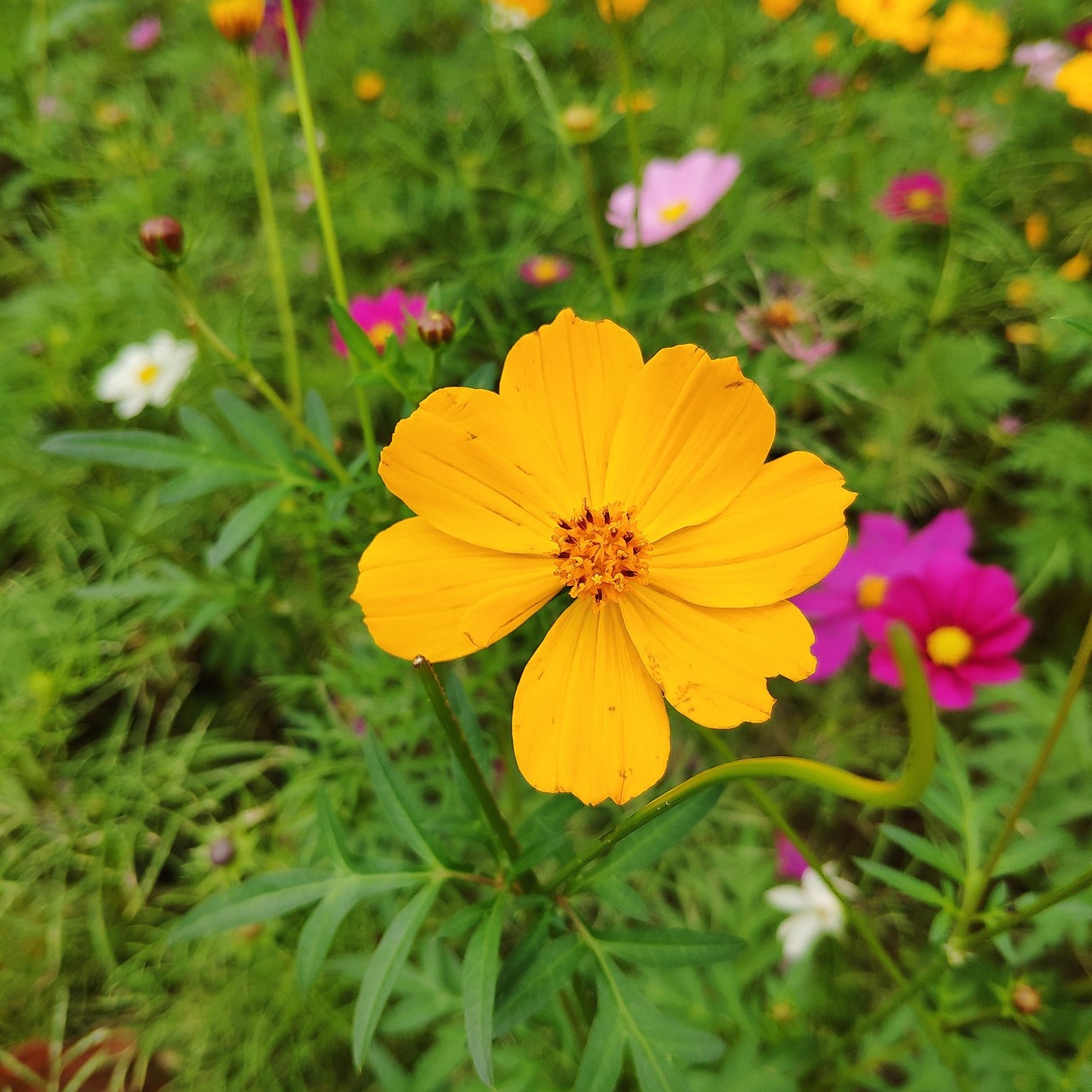
Remember to check out my monthly garden blog I write for Proven Winners called What’s Up North. The September blog features perennial flowers that make great and essential food for the birds. Check out my blog on Perennial Flowers for Seed Eating Birds and learn about the best flowers to grow to feed our song birds and how to care for these flowers.
Until next time I’ll be seeing you, in the garden.
Charlie
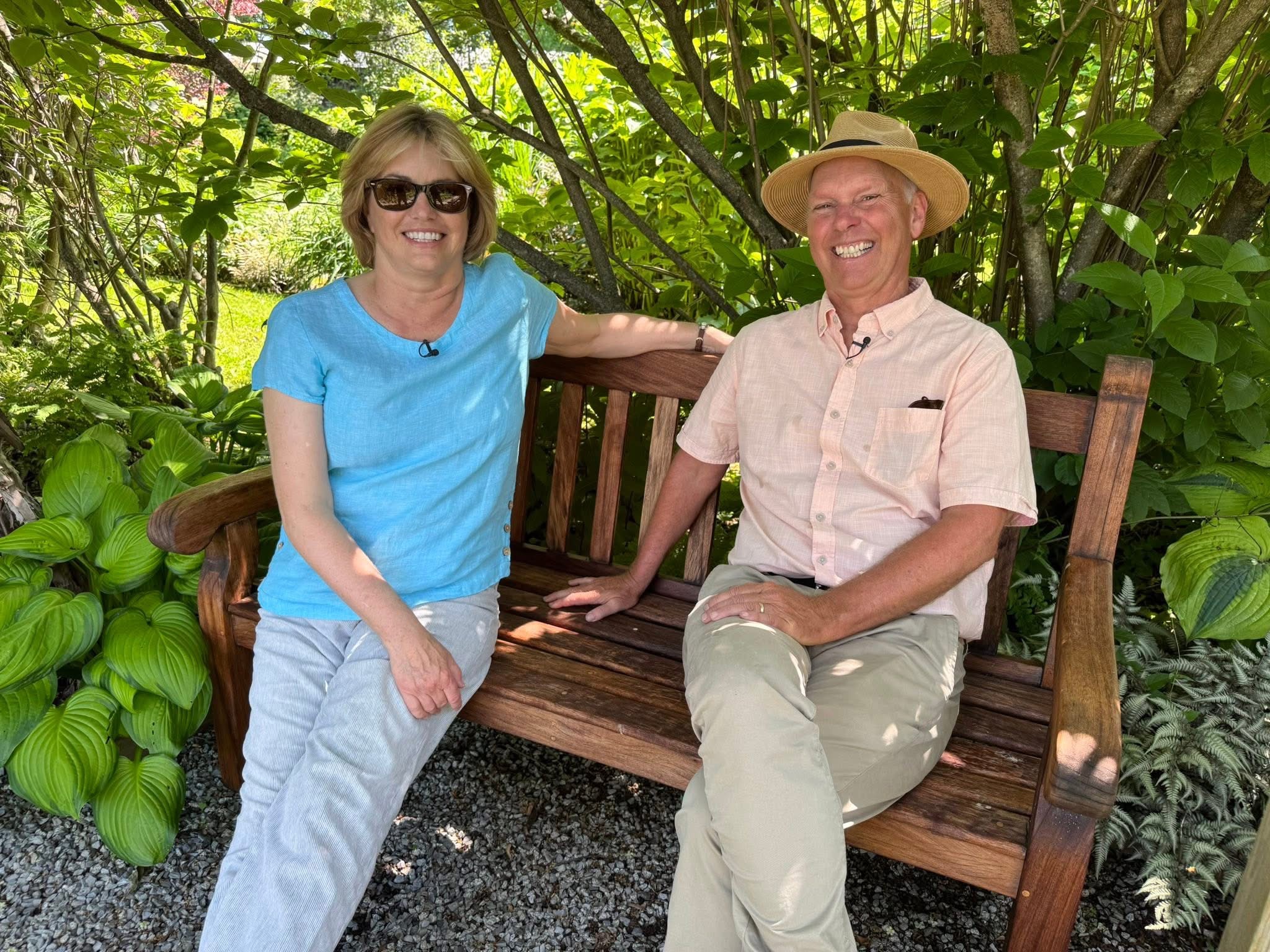
Where to Find Charlie: (podcasts, TV and in-person)
- In the Garden (WCAX-TV CBS) – This week: Berries for the Birds
- All Things Gardening on Vt Public Radio– This week: Fall Blooming Roses
- WJOY In The Garden Podcast– This week: Picking and saving tomatoes, transplanting Shasta daisies, rose hips, fighting caterpillars and more
- Where’s Charlie Speaking? 10/9: Amherst NH Garden Club- Houseplants
How to Grow: Joe Pye Weed
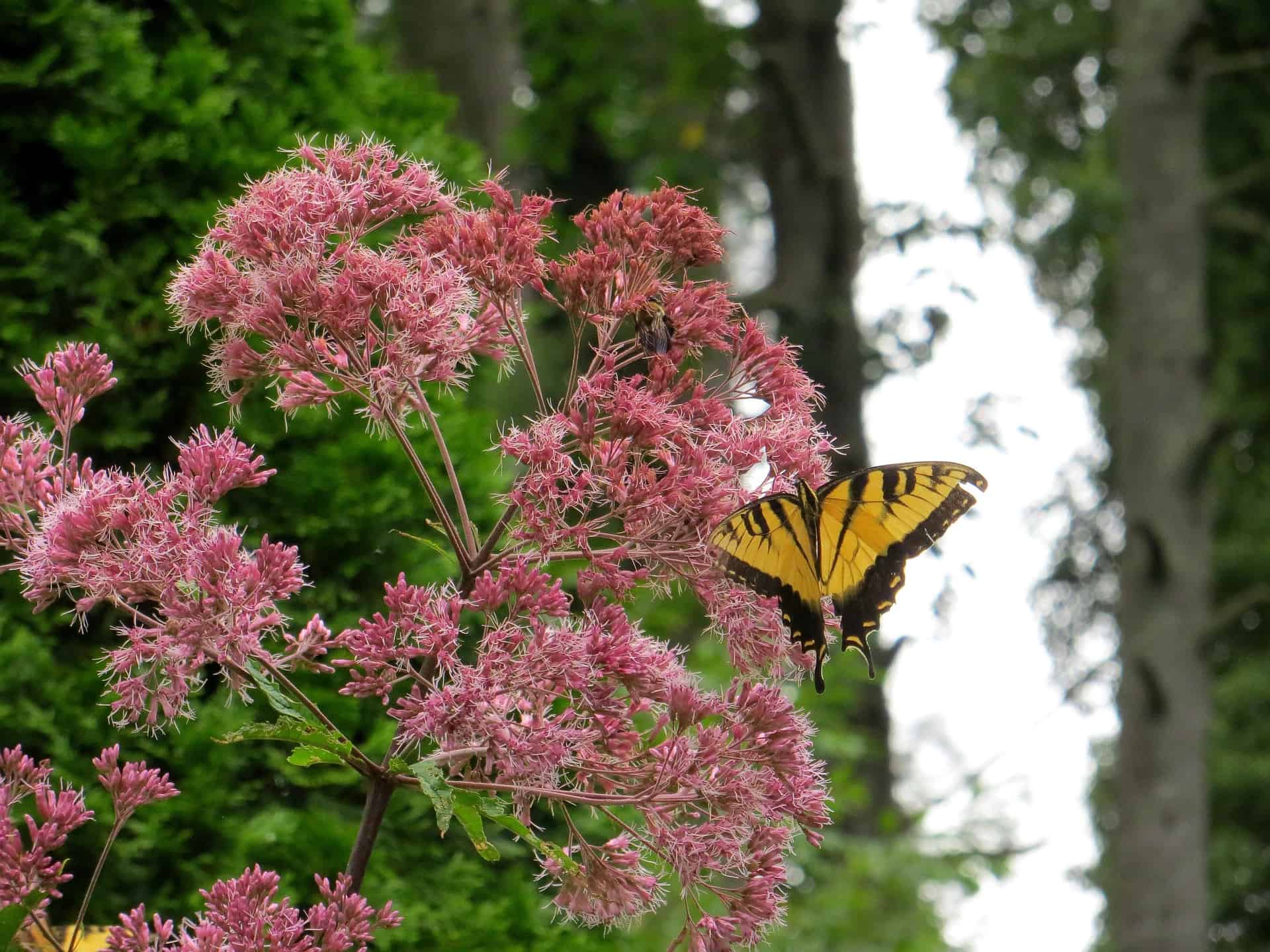
I’ve always wondered why a native plant was named Joe Pye Weed. It seems there was a native American named Joe Pye who was a healer using medicinal plants. He cured many ills using the plant we now call Joe Pye Weed. It’s unfortunate they call this plant a weed, because it’s a beauty and has so many uses in the garden.
Joe Pye Weed (Eutrochium purpureum) is a native perennial that’s hardy, beautiful and serves many purposes in the ecosystem. The traditional Joe Pye Weed stands 6- to 8-feet tall with tons of pink clusters of flowers in late summer and fall. It can be a brute in a formal perennial garden. That’s why there are many newer versions of this plant that are tamer. ‘Little Joe’ grows 3- to 5-feet tall, but still packs a punch with lots of flowers. ‘Baby Joe Dwarf’ is a bit smaller at 2- top 3-feet tall with purple blossoms that pack a fragrance. ‘Euphoria™ Ruby’ Joe Pye Weed also stays less than 3 feet tall, but has deep mauve colored flowers with a vanilla scent.
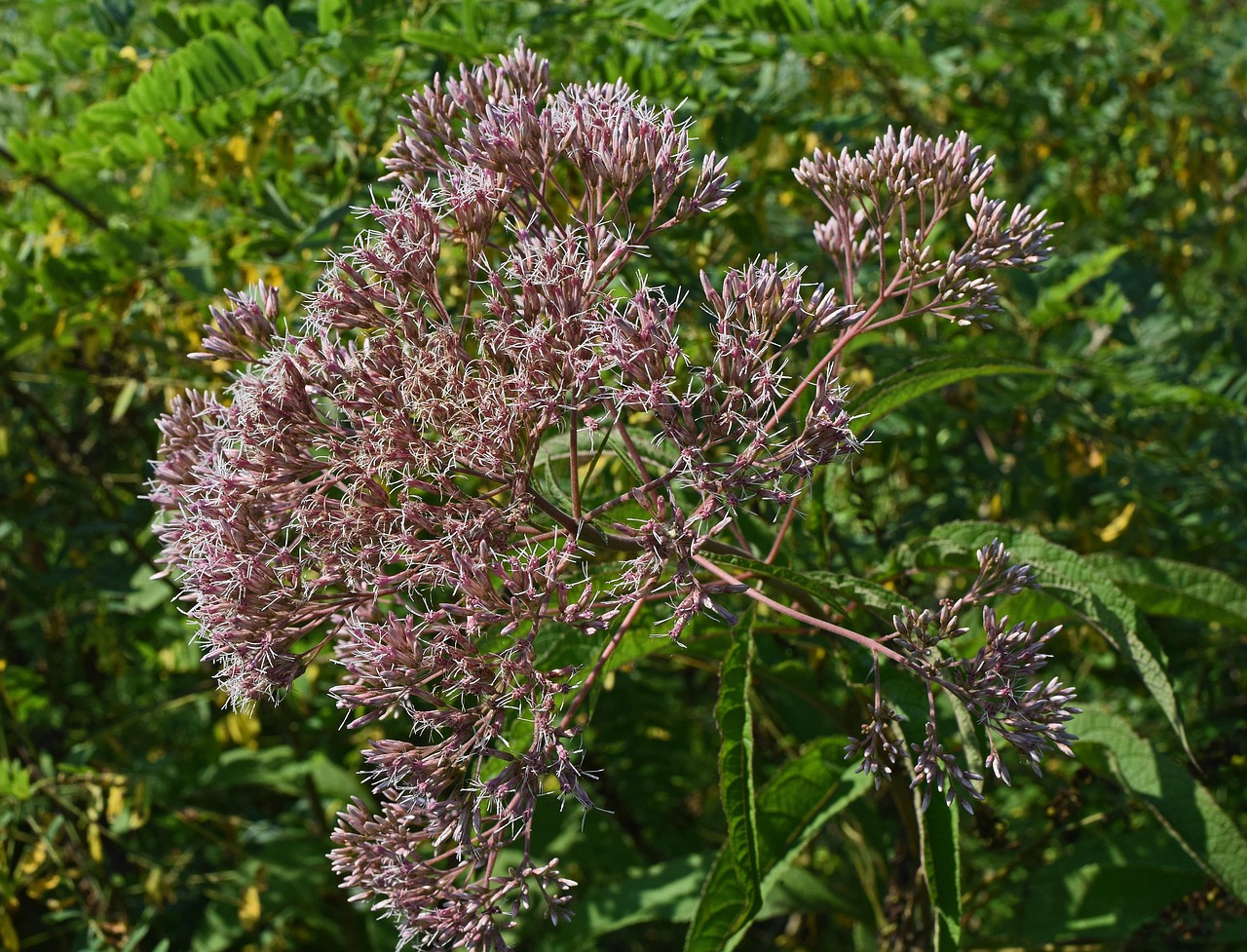
Joe Pye Weed likes full to part sun and moist soils. That’s why you’ll often find it growing around streams, ponds and wetlands. The fluffy pink flowers appear in late summer and last into fall. The species type of Joe Pye grows big and rangy and can spread to take over a garden. It’s best to plant this one with shrubs or other tall, tough perennials such as plume poppy. Fortunately, growing the dwarf versions gives you more options. They are tamer in the flower garden and pair well with other late bloomers such as asters, sedum and goldenrod. Plant Joe Pye weed anytime from spring to fall. Keep the soil moist. Joe Pye doesn’t need special fertile soil to grow well. To keep the height shorter, cut back the plant to two feet tall in early summer. This might also delay flowering.
Joe Pye Weed is a great pollinator plant. Birds love the seeds, butterflies love the flowers and, as I said, it can be used medicinally.
Read or listen to more about Joe Pye Weed here
Troubleshooting Brussels Sprouts
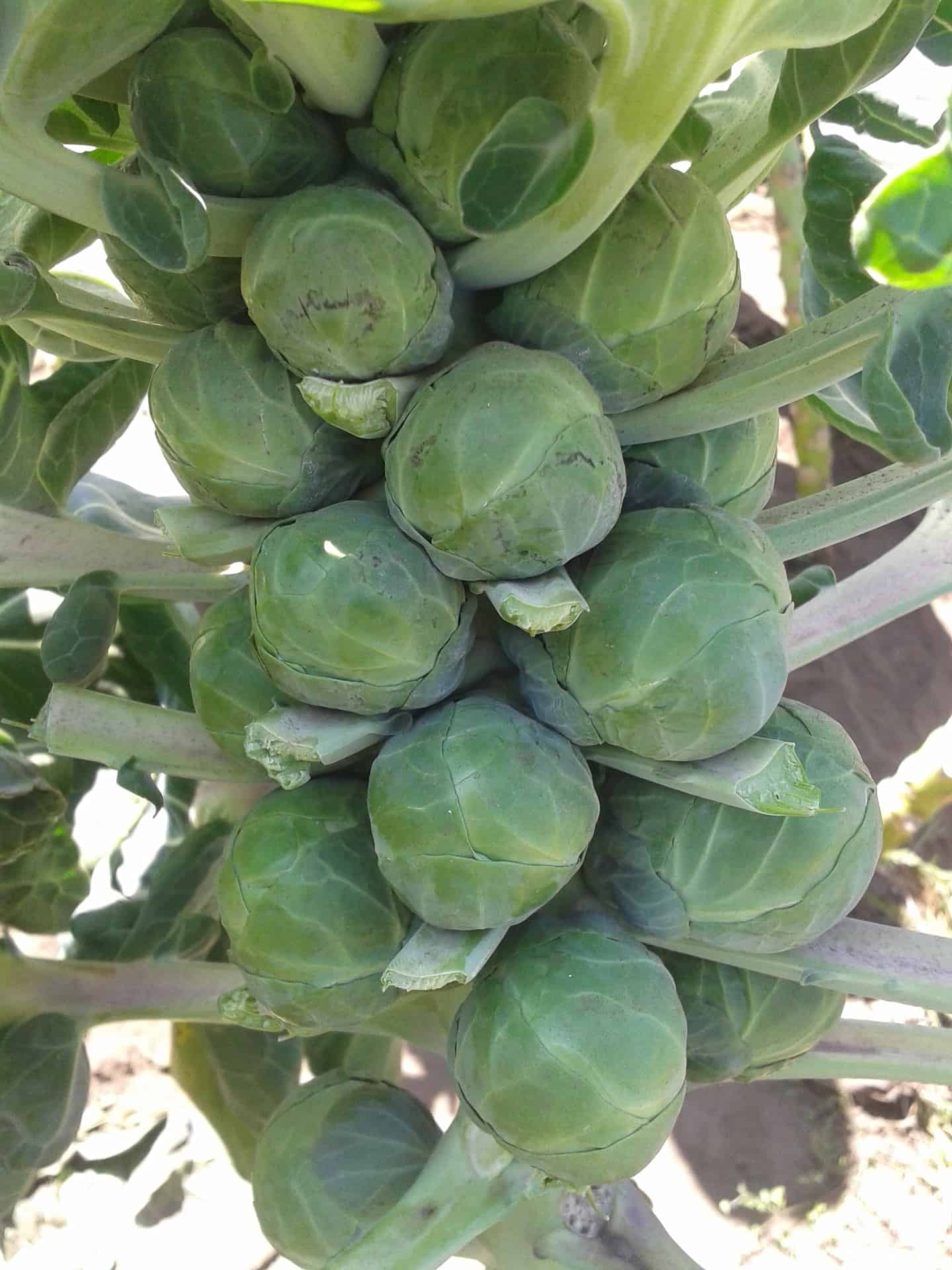
Brussels sprouts has become the darling of many restaurants. I don’t know how many times I’ve looked on menus and saw roasted Brussels Sprouts. That’s great! I think Brussels sprouts were a much maligned vegetable for so long. It’s nice to see it getting some appreciation. Brussels Sprouts are in the Brassica or cabbage and broccoli family. They are unusual for the way they produce their “sprouts”. The small cabbage-like balls are produced all along the main stalk. The bigger the stalk, the more sprouts you can get. They’re tasty roasted, sauteed, steamed or even shredded raw in salads.
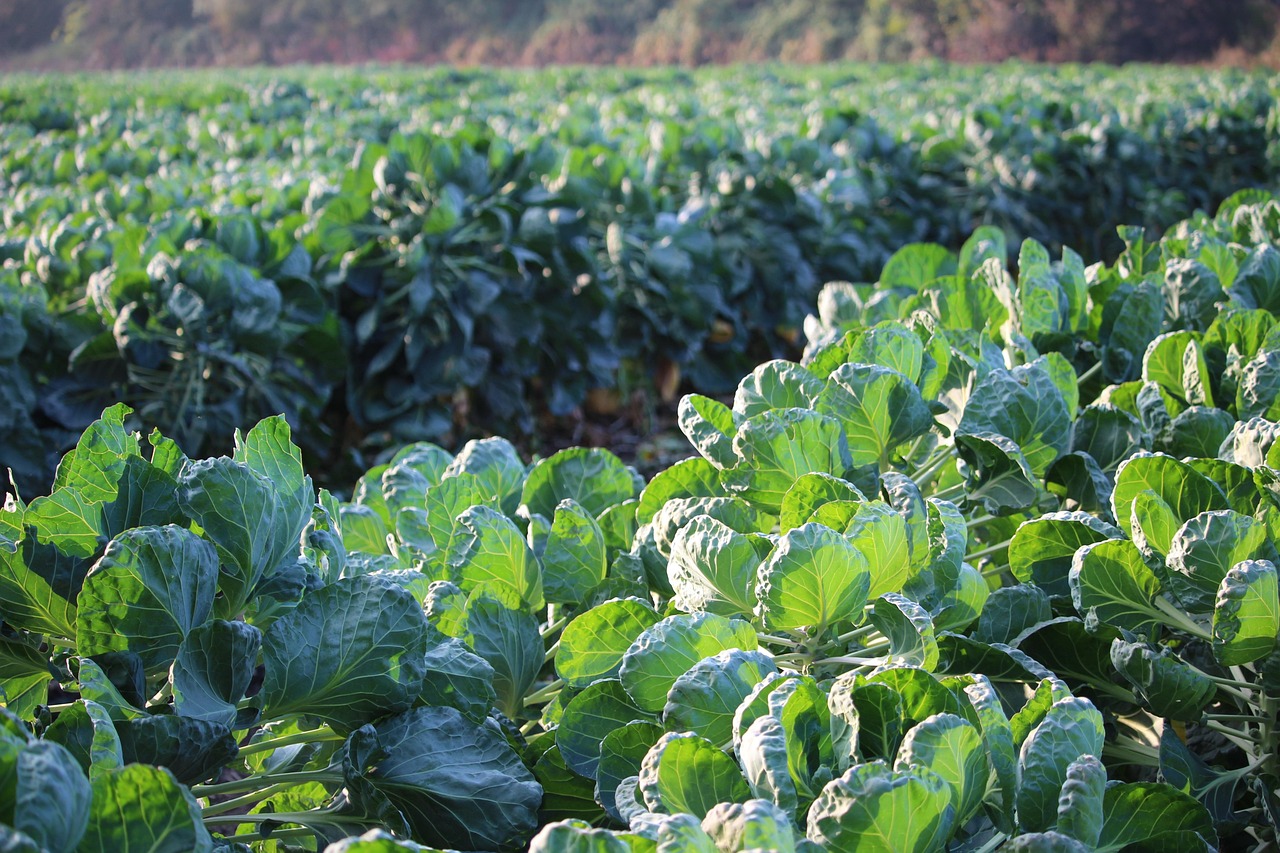
But Brussels sprouts do have some issues. Some gardeners complain the sprouts never form or only form small sprouts. Other gardeners have insect issues with cabbage worms eating the foliage. Some gardeners, like us, have problems with the Swede midge insect deforming the sprouts. To understand these problems, you have to first understand how to grow Brussels sprouts. Brussels sprouts are a long season vegetable. Transplant it in spring and forget about it until September. It takes that long to get the sprouts to form. There are some newer varieties that produce sooner, but we’re still talking about months. Try newer varieties, such as ‘Divino’ and ‘Dagan’. These varieties produce sprouts sooner and are less likely to lodge (fall over). There’s even a red Brussels sprout variety (‘Red Rubine’) that looks cool in the garden. The sprouts fade to green when cooked, though. Plant transplants in full sun on well-drained, compost-amended soil.
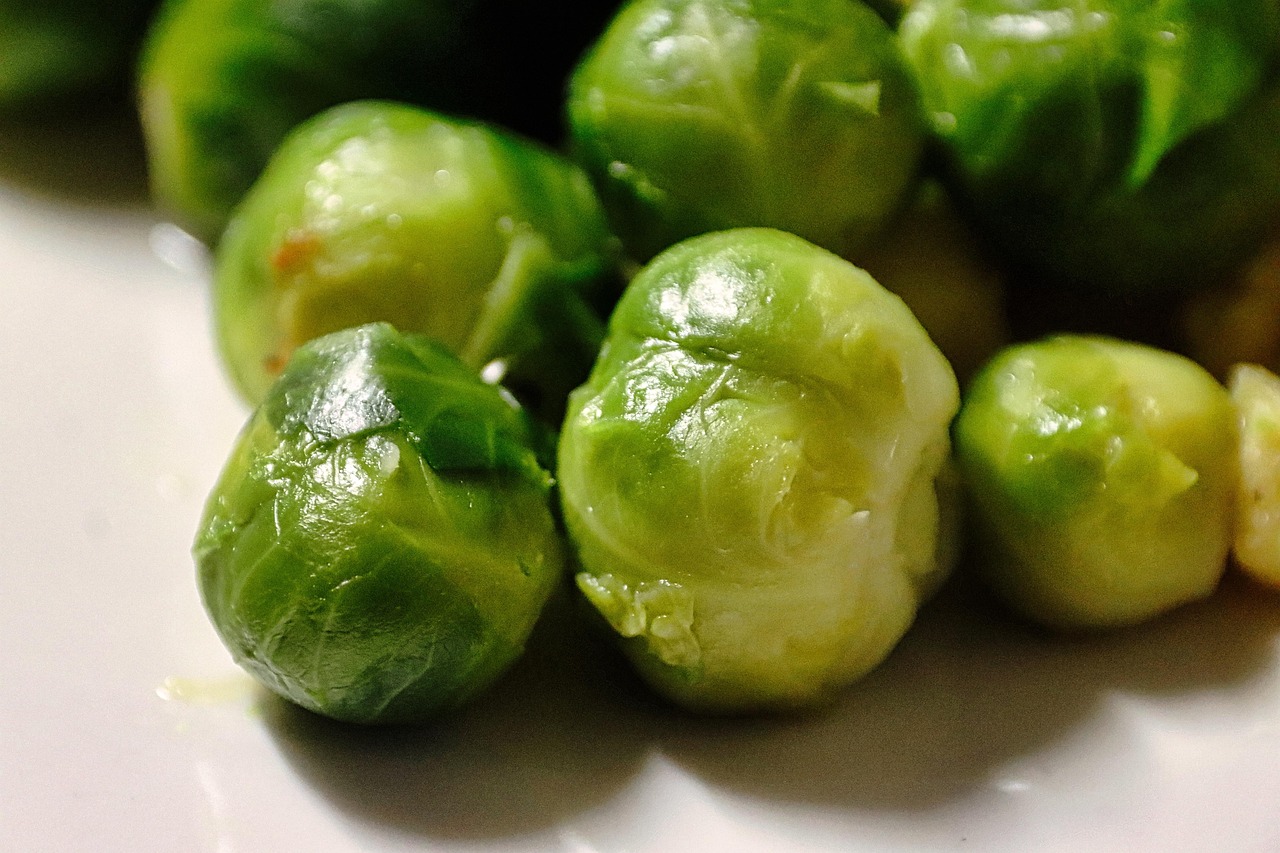
For insect issues there are sprays and covers. We lean towards covers to avoid spraying any pesticides. We use micromesh insect covering over the whole Brussels sprout bed. This window screen-like material is light weight, see though and keeps the cabbage worm butterfly and Swede midge insects away. Brussels sprouts don’t need pollination to produce sprouts so there’s no need to open up the tunnel. We cover them from day one in the garden. While there are sprays you can use, I find the covers are best. For Brussels sprouts not forming sprouts, don’t add too much nitrogen to the soil. Too much nitrogen can cause the plants to not produce sprouts until very late in fall. Also, this time of year, top the plants. This will send more energy into forming and maturing the existing sprouts and less into new growth.
Harvest the sprouts after a few frosts for the best flavor. Harvest them when they’re tight and firm. I’ve even harvested in early winter with no problems. You can always clean them up indoors in the kitchen.
Learn more about Brussels Sprouts here
How to Grow: Paw Paws
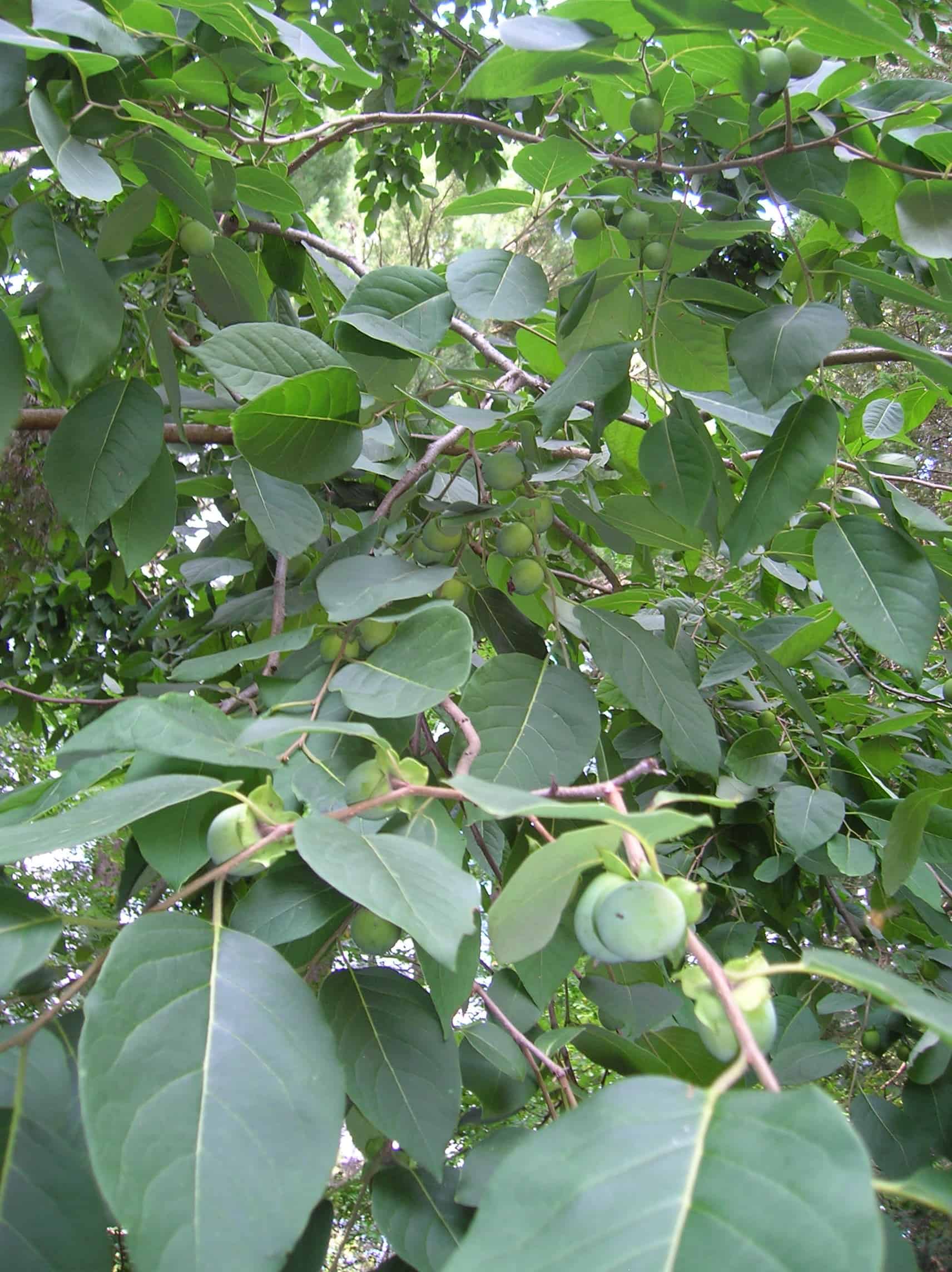
In a recent trip to Kentucky to speak at a Master Gardener conference, the dinner conversation eventually came around to paw paws (Asimina trilobum). Paw paws are native to Kentucky, meaning they grow wild in groves in the forest. There is breeding work being done at the University on creating newer and better quality fruits and trees. Needless to say, there’s a lot of excitement about paw paw growing in Kentucky. That excitement is spreading throughout the country and overseas. We have two trees (you need at least two varieties to cross pollinate the flowers) and are planning on getting more.
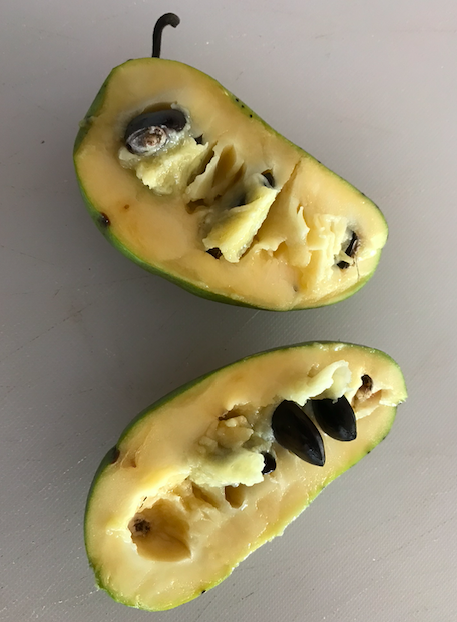
Paw paw is a temperate climate relative of tropical fruits such as cherimoya. It’s native to the Eastern United States, hardy to zone 5, and grows wild as an under story tree in the forest. It’s a small tree only reaching about 20 feet tall, so it’s a great fruit tree for small yards. It does sucker, so you can also create a paw paw forest letting the suckers mature. We grow ‘Wells’ and ‘Sunflower’, but there are more and more varieties coming on the market. So, what’s the big deal about paw paws? Well, this tree looks like it belongs in the tropics with large, avocado-like leaves and fruits that grow in clusters and are shaped like mangoes. The flesh is yellow-orange and tastes like a mix of banana, papaya, pineapple and vanilla. The flesh is creamy and has large black seeds which are easy to remove. The flavor is delicious. There are paw paw festivals around the Midwest where gardeners make ice cream, pies and other goodies from the fruits. The only downside of paw paws is they don’t ship well. That’s probably why you don’t see them in markets.
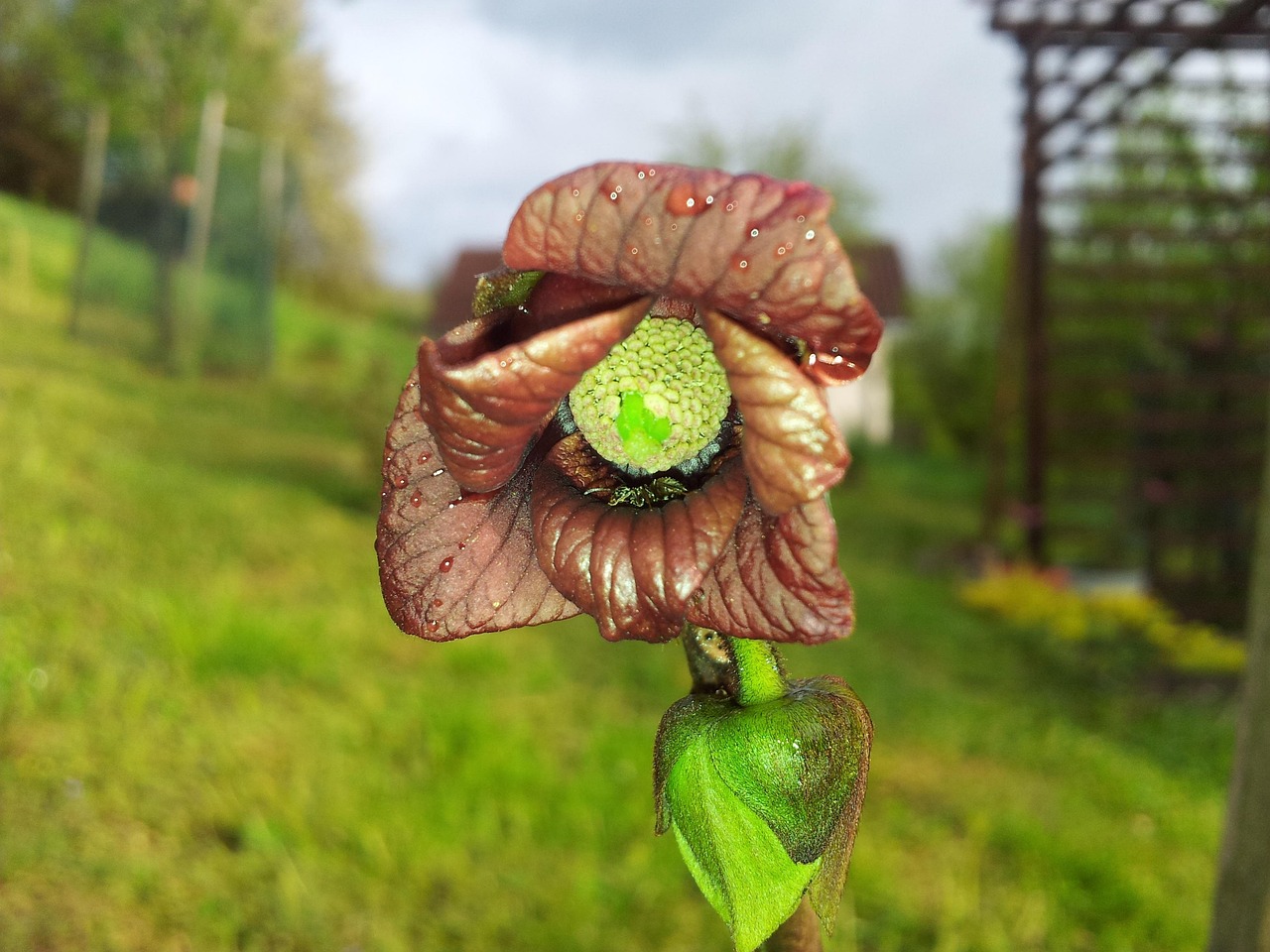
Plant two trees in a partly shaded area. The young trees like shade until they get older. Paw paws like regular fertility soils, but the soil needs to be well-drained. Heavy clay soils don’t work for them. Protect the trees from deer browsing when young. After a few years, dark colored flowers will form in spring. Frost usually isn’t an issue because the flowers open in late spring. The problem is paw paw flowers don’t smell good to bees and, in fact, it’s native flies and beetles that usually pollinate the flowers with varying degrees of success. After a year or so of no fruits, I took matters into my own hands. In spring when the flowers were open, I took a small, paint brush and moved pollen from one flower to the other. It didn’t take long on our young trees. Ever since I started doing this hand pollination, we’ve hand fruit. Check out local markets, friends and neighbors to get a taste of paw paw fruits and, if you like them, go ahead and plant this attractive, unique tree in your yard.
Read and Listen for more about Paw Paws here
In Our Garden: Montauk Daisy
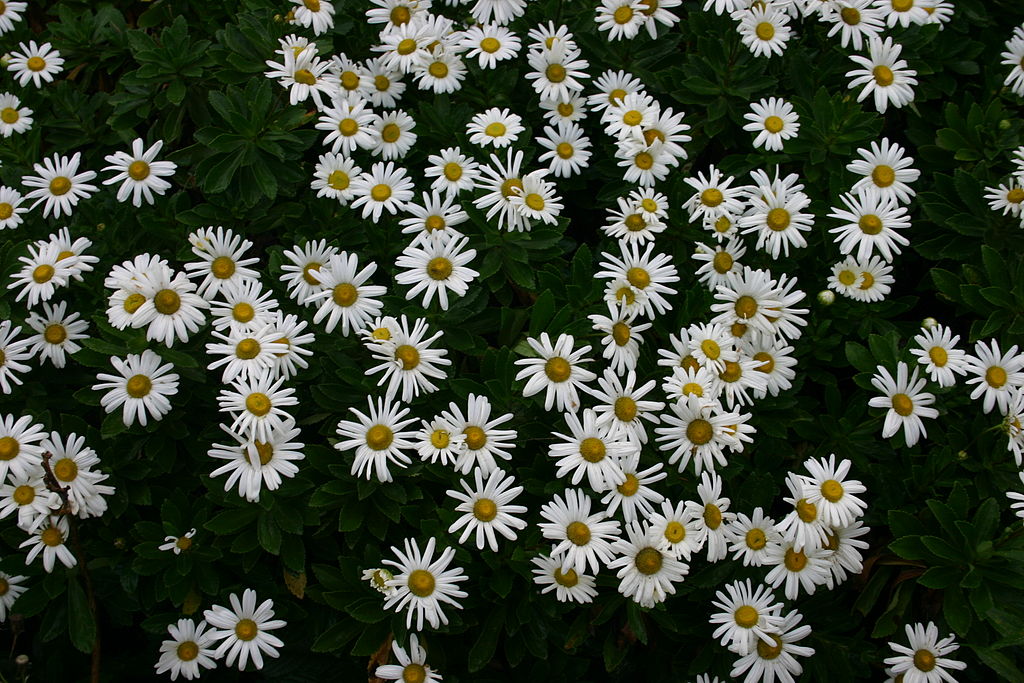
The Montauk daisy (Nipponanthemum nipponicum) didn’t originate in Montauk, Long Island, but it sure has naturalized there. This late flowering daisy hales from Japan where it’s called the Nippon daisy. It has succulent, dark green leaves. The best part is the white, daisy flowers don’t open until September and October in our zone 5 garden. That’s when lots of other plants have long finished blooming. It got named after Montauk, because it was originally brought there years ago and now has escaped cultivation and naturalized around Long Island.
This 2- to 3-foot tall, zone 5 hardy perennial grows best in well-drained, sandy soils. Hence, it likes Long Island. The plant is unassuming all summer just growing with its attractive, succulent leaves. Come September it forms flower buds and blooms until frost. It’s a low maintenance perennial. Actually the biggest problem is an early frost killing the flowers before they open. With our longer, warmer falls, I haven’t seen this happen in a while.
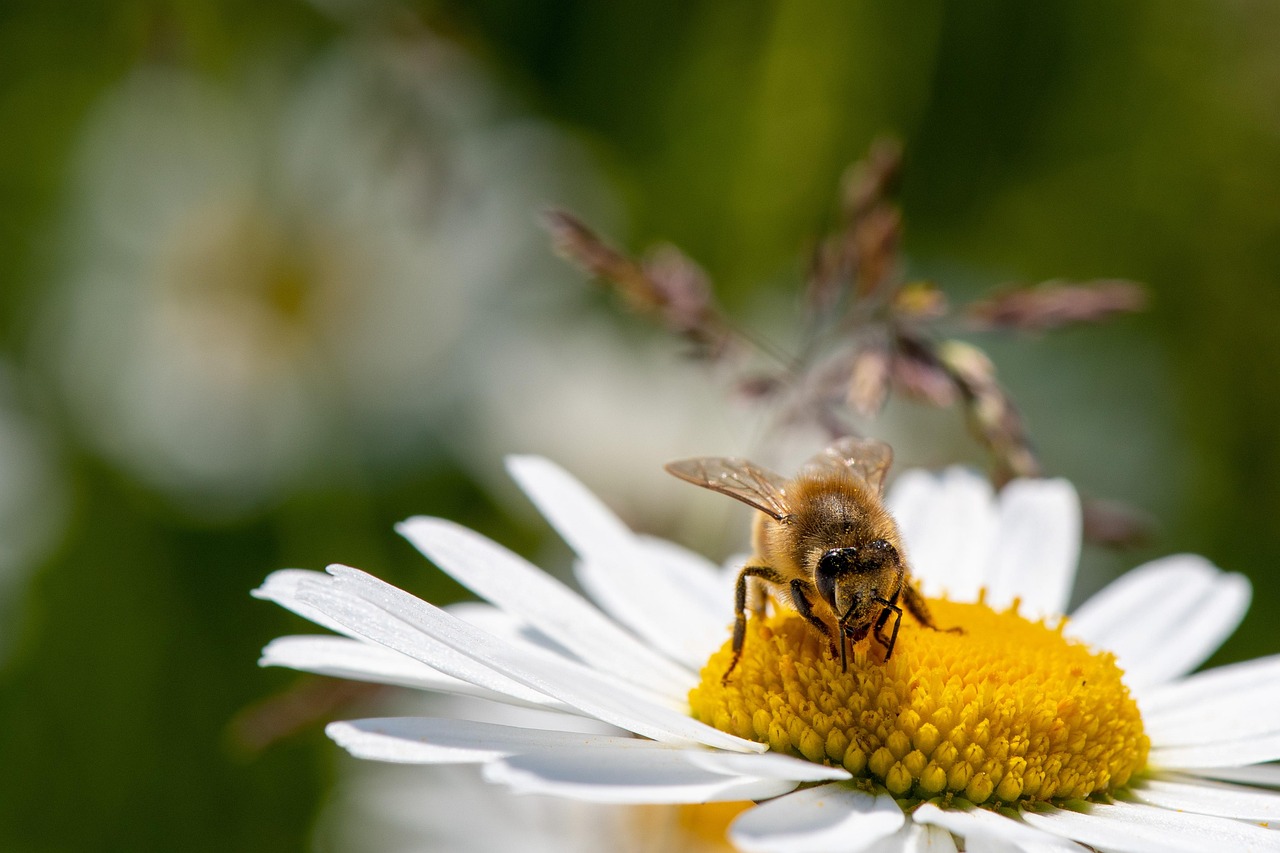
Plant Montauk daisies in full sun. It pairs well with asters and mums. Deer and rabbits don’t seem interested in the plant, but bees and butterflies appreciate the late fall source of nectar and pollen. You can also cut stems for indoor bouquets. Montauk daisies can grow leggy, so topping the plant in early summer will force more shorter, side branches to form. The plant will be more compact with more flowers. You can also divide these daisies in spring every few years.
Go here for more on Montauk Daisies

